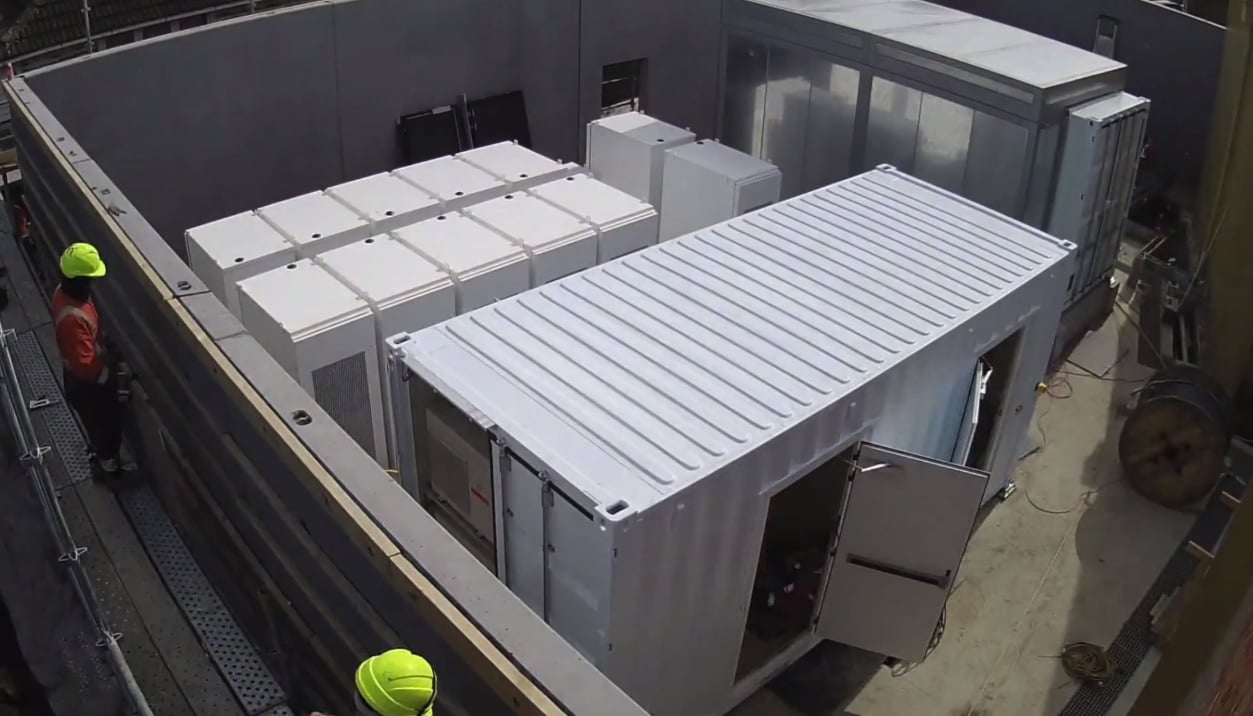There are various parts of the country (including some parts of Auckland), that have issues with transmission line capacity at peak times. In these cases, the suggestion is that some sort of localised battery storage can be used to provide for the periods of higher demand. e.g. during off-peak times the battery soaks up available power and can seemlessly inject that power back when the local transmission lines are nearing capacity.
The batteries can also be used of course, to store wind and solar produced power as well.
Overseas, this has been used extensively in parts of Australia. Tesla has installed some of the largest batteries in the world in several states and has hugely improved reliability and transmission cost apparently.
I noted recently, that Tesla (in Europe and the USA anyway) had a goal of becoming an energy company and to that end, many of their larger charging sites in the USA and Europe had massive underground battery storage units. Tesla buys cheap off-peak electricity (I believe at certain times it can even be free) from Solar/Wind etc) and sells it back via their chargers. Some of the storage batteries are so large they sell power back to the grid when local consumer demand is high (and electricity is more expensive). It's quite a smart way of managing resources and making a profit I guess.
Whether we are actually doing this here yet - I dont really know - but it certainly makes sense.



